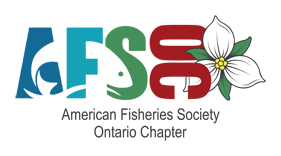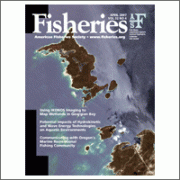Use of IKONOS Imagery to Map Coastal Wetlands of Georgian Bay
AUTHOR(S): Anhua Wei, Patricia Chow-Fraser
CITATION:
Wei, A. and P. Chow-Fraser. 2007. Use of IKONOS imagery to map coastal wetlands of Georgian Bay. Fisheries 32(4):167-173. https://doi.org/10.1577/1548-8446(2007)32[167:UOIITM]2.0.CO;2
ABSTRACT:
Wetlands throughout North America have been diminished in quantity and quality because of human activities, and it is therefore important that fishery managers monitor changes in supply of this critical fish habitat.
Use of traditional field-based methods to detect and record the change in aquatic vegetation in Great Lakes wetlands is a daunting task because wetlands are extensive and widely distributed along the Great Lakes shoreline. Mapping wetlands for such a large geographic area necessitates the use of remote sensing technology to obtain an accurate inventory of these ecosystems. The objective of this study was to explore the capabilities of using IKONOS satellite imagery to map different types of aquatic vegetation and habitat features in Great Lakes wetlands. We acquired imageries for Fathom Five National Marine Park in Lake Huron and an area of eastern Georgian Bay in 2002 and chose 11 wetlands for habitat mapping with remote sensing software. The comparison of results of the image analysis with reference data indicated that the overall accuracy of mapping was approximately 90%. This suggests that high resolution IKONOS imagery can be used effectively to monitor the change in aquatic vegetation and thus track alterations in fish habitat in Great Lakes coastal marshes.
FULL TEXT – Wei and Chow-Fraser



